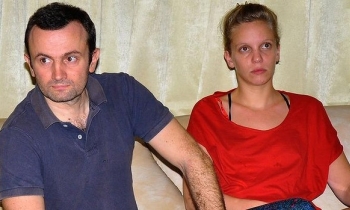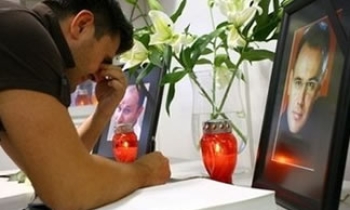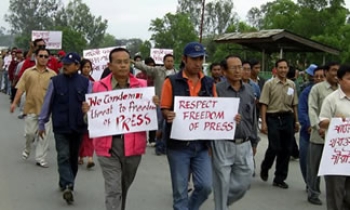The latest print campaign of the India Today Group, which has been running for over two weeks now, has certainly created murmurs. We are talking about the ad where India Today, based on NRS 2005 figures, claims to be Ahead of the Times’.
The catch, however, is that the layout of the ad is almost a replica of the front page of The Times of India’ fonts, masthead, et al. So much so that at first glance the ad makes one feel as though it is TOI itself that is making such a claim!
When asked if it was fair to compare a weekly magazine to a daily newspaper, Ashish Bagga, Executive Director and Publishing Director, India Today Group, said, "Both influence readers with content. If I have five million more readers than any other publication, it is certainly something to talk about. My weekly reaches more people than their daily. And what really matters is how many people my publication strikes a chord with. At a sedimentary level, we are not comparing apples to oranges but apples to apples."
Contradicted Bhaskar Das, Executive President-Response, The Times of India Group, "Does that mean that all dailies should be replaced with weeklies? These claims don’t bother us, as people who are buying media vehicles know the actual situation. Media planning is far more realistic and objective than what this ad tries to depict."
Besides, with a plethora of publications, why did India Today decide to compare its readership with only that of TOI and Navbharat Times? Remarked Bagga, "These are two publications that are the most acceptable nationally. For a domain relevant to us, these two titles have a gold standard in people’s mind."
He further said that India Today wanted to break the myth that TOI had the maximum reach. As for the layout of the ad being strikingly similar to that of TOI’s, Bagga brushed it off saying it was a "coincidence".
Interestingly, India Today had first approached The Times of India for releasing this ad in that paper; TOI refused. The ad was then released in various publications, including DNA, Hindustan Times, Business Standard and Business Today among others.
Any specific reason why TOI refused to run this campaign? Explained Bhaskar Das, "We don’t have a problem in accepting competitive ads. In fact, we have done it for Loksatta when they claimed their readership was higher than that of TOI. We did not accept the India Today ad because the layout was too close to TOI’s and the facts in the ad were distorted, which I feel is unethical."
Das further said that Times had not thought of taking any action so far.
Ashutosh Khanna, Chief of Grey Worldwide, the agency that released the ad, commented, "NRS data show India Today reaches a lot more people as opposed to India’s largest daily, and such an achievement is a big deal for a magazine. The ad just brings out a comparison and is not meant to be derogatory in any way."
On how attractive this ad is to media planners, there are varied viewpoints. Charles Berley Jenarius, Group CEO, Carat Media, felt that magazines and newspapers had different target groups. More so, advertisers had different daily and weekly needs.
"Such an ad will not affect my daily print plan in any way. However, while planning specifically for magazines, I will surely take the ad into consideration," he added.
According to Sundar Raman, GM, Mindshare Delhi, TOI was recognised as a name that reached a huge population base and, if India Today came up to say that they had a larger reach, it was surely something to talk about.
"It’s a clever idea. Though it is a good way to attract advertisers’ attention, the reasons why people read a newspaper as opposed to magazines are very different," he maintained.
Raman further said that comparing Hindi and English editions was not very fair, a point also raised by TOI’s Das.
In the past, there have been various claims on the readership front on numerous parameters. But this time, it is not just a numbers game. The creative aspect has come into play, which will surely leave a lasting impression.









